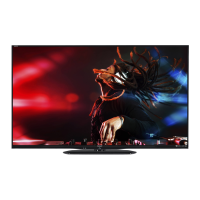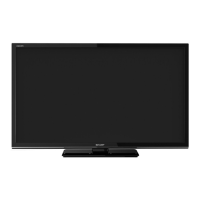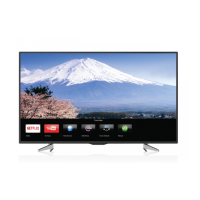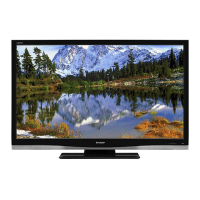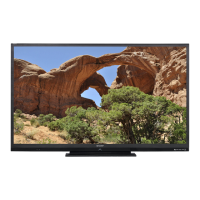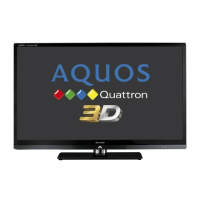TINS-F657WJN1
LC-39LE750E/V LC-50LE750E/V
LC-39LE751E/K/V LC-50LE751E/K/V LC-60LE751E/K LC-70LE751E/K
LC-39LU751E LC-50LU751E LC-60LU751E
LC-39LE752E/V LC-50LE752E/V LC-60LE752E LC-70LE752E
LC-39LM752E/V LC-50LM752E LC-60LM752E
LC-39LK752E LC-50LK752E LC-60LK752E
LC-39LX752E LC-50LX752E LC-60LX752E
LC-39LE754E/V LC-50LE754E/V LC-60LE754E LC-70LE754E
PIN
LC-39LE750E-V / LC-50LE750E-V
LC-39LE751E -K-V / LC-50LE751E-K-V / LC-60LE751E-K / LC-70LE751E-K
LC-39LE752E / LC-50LE752E-V / LC-60LE752E / LC-70LE752E
LC-39LE754E / LC-50LE754E-V / LC-60LE754E / LC-70LE754E
14P01-PL-NG
F657WJN1
SHARP CORPORATION
http://www.sharp.eu
Sharp Electronics Europe Ltd.
4 Furzeground Way, Stockley Park
Uxbridge, Middlesex, UB11 1EZ, UK
NET+
LCD TELEVIZOR U BOJI
LCD TELEVIZOR U BOJI
BARVNI LCD TELEVIZOR
TELEWIZOR KOLOROWY LCD
LCD SZÍNESTELEVÍZIÓ
TELEVIZOR S BAREVNOU LCD OBRAZOVKOU
TELEVÍZOR S FAREBNOU LCD OBRAZOVKOU
VÄRVILINE LCD-TELER
ŠĶIDRO KRISTĀLU EKRĀNA (LCD)
KRĀSU TELEVIZORS
SPALVINIS LCD TELEVIZORIUS
!" #$ LCD
(%"$ &%"$)
LCD RENKLİ TELEVİZYON
TELEVIZOR COLOR LCD
'' *' +
LCD COLOUR TELEVISION
PRIRUČNIK ZA RUKOVANJE
UPUTSTVO ZA UPOTREBU
PRIROČNIK ZA UPORABO
INSTRUKCJA OBSŁUGI
KEZELÉSI ÚTMUTATÓ
NÁVOD K OBSLUZE
NÁVOD NA OBSLUHU
KASUTUSJUHEND
LIETOŠANAS ROKASGRĀMATA
NAUDOJIMO INSTRUKCIJA
KULLANMA KILAVUZU
MANUAL DE UTILIZARE
! "#
OPERATION MANUAL
ENGLISH
POLSKI
MAGYAR
ČESKY
SLOVENSKY
ǻDzǸǨǠǵǹȄDzǨ
EESTI
LATVISKI
LIETUVIŠKAI
$,&
TÜRKÇE
SLOVENŠČINA
ROMÂNÂ
SRPSKI
HRVATSKI
Tiskano u Poljskoj
Štampano u Poljskoj
Tiskano v Poljska
Wydrukowano w Polsce
Készült Lengyelországban
Vytištěno v Polsku
Vytlačené v Poľsku
$%&'()*$+) * ),-./
Trükitud Poolas
Iespiests Polijā
Išspausdinta Lenkijoje
0123456 7849 :;<=9>?
Polonya’da basılmıştır
Tip@rit în Polonia
Printed in Poland
PRIRUČNIK ZA RUKOVANJE / UPUTSTVO ZA UPOTREBU / PRIROČNIK ZA UPORABO / INSTRUKCJA OBSŁUGI
/ KEZELÉSI ÚTMUTATÓ / NÁVOD K OBSLUZE / NÁVOD NA OBSLUHU / -.* -./ /
KASUTUSJUHEND / LIETOŠANAS ROKASGRĀMATA /NAUDOJIMO INSTRUKCIJA / !,,0, ,%, /
KULLANMA KILAVUZU / MANUAL DE UTILIZARE / 1 +-.' / OPERATION MANUAL


